Throughout the course of history, numerous famines have struck, many of which occurred in the 20th century, devastating the lives of communities across continents.
Top 8 Most Horrific Famines in History
1. The Great Chinese Famine (1959-1961)
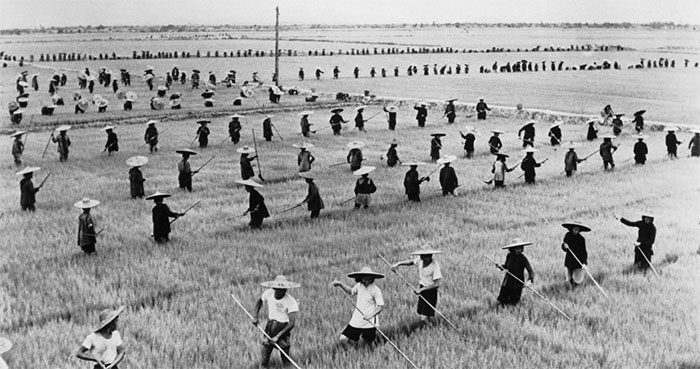
The Great Chinese Famine (1959-1961). (Photo: NY Times).
The Great Chinese Famine is regarded as the worst famine in human history. Historically, the famine began in 1959 and persisted until 1961. This was not a disaster caused by drought or a plant virus wiping out crops; rather, it was a consequence of the “Great Leap Forward”, a period during which millions of Chinese farmers were forced to become miners.
The plan to shift from agriculture to mining failed to create a productive steel industry. Instead, inexperienced miners attempted to smelt metals in clay furnaces, resulting in piles of low-quality, worthless metal. Consequently, people in one-third of China’s provinces faced food shortages, and by 1961, approximately 30 million people had starved to death.
2. The Chinese Famine of 1907
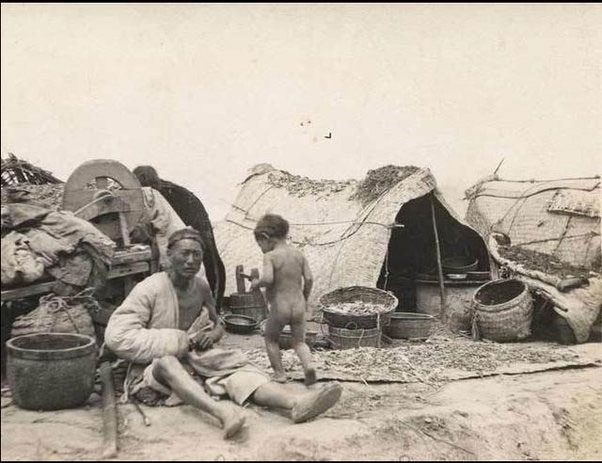
The Chinese Famine of 1907. (Photo: Quora).
According to the Encyclopedia of Disaster Relief, the Chinese Famine of 1907 is the second worst famine in history, closely following the Great Chinese Famine that began over half a century later. This disaster occurred before the era of Communism and the Great Leap Forward, during the Qing Dynasty, but unlike the famine of 1959, its causes were largely environmental disasters.
Heavy rains and floods during the planting season of 1906 wiped out crops across over 40,000 square miles in Anhui, Henan, and Jiangsu provinces. Chinese farmers had learned to cultivate imported crops like corn and sweet potatoes and employed new techniques such as terrace farming, better irrigation, and grain storage. However, these measures were insufficient to prevent the famine, and by early 1907, around 4 million people had starved to death. Food riots erupted across the country, and the starving gathered in overcrowded refugee camps, where diseases such as smallpox ravaged and killed even more people.
Ultimately, the famine is estimated to have killed around 25 million people and also contributed to the fall of the Qing Dynasty, not because the dynasty caused the famine, but due to their failure to manage the disaster.
3. The Skull Famine (1788-1794)
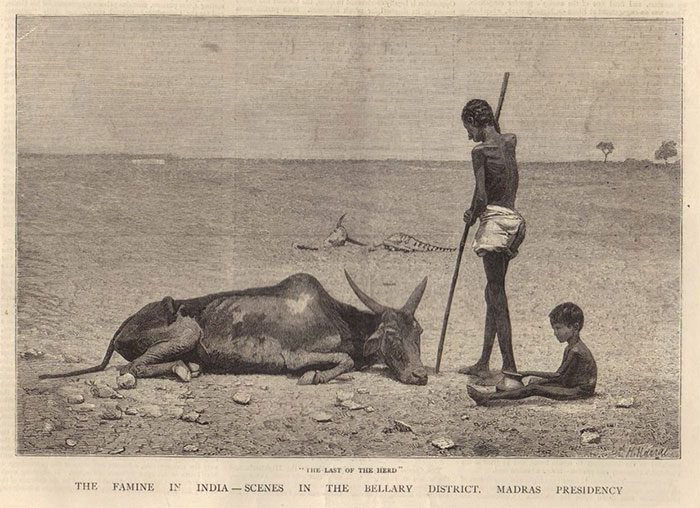
The Skull Famine (1788-1794) in India. (Photo: ED Times).
A famine in 18th-century India infamously known as the “Skull Famine.” According to the Medieval History Journal, the famine of 1791 earned this name because, at its worst, the victims were unburied, and their skulls littered the ground.
Between 1788 and 1794, the famine affected most of India, caused by a series of alternating droughts and severe El Niño weather events, conditions that could last for up to eight years. By 1792, 600,000 people had died across 167 districts in India. Most deaths were attributed to drought, although heavy rains in short bursts were also recorded. Notably, in October 1791, rainfall drastically dropped over just three days, with conditions so dire that in some provinces, up to one-third of villages were abandoned. By the time the famine ended, around 11 million people in India had died.
4. The Bengali Famine of 1770
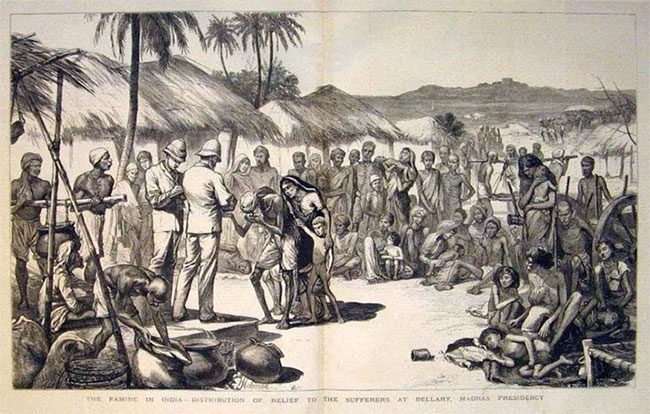
The Bengali Famine of 1770. (Photo: The Wire).
In the 18th century, British colonialists were responsible for many famines on the Indian subcontinent. In fact, according to the Medieval History Journal, there were at least 12 different famines between 1765 and 1858. At that time, the prevailing theory among colonizers was that famines were beneficial because they controlled the population – meaning the impoverished population in India.
The famine of 1770 occurred after monsoon winds struck India in 1768, rendering rice fields barren. Conditions that were already dry worsened due to a drought that affected much of Bengal and lasted at least six months. Contemporary reports indicated that one-third of the population of Purnea Province died of starvation, with many unable to flee to Nepal. By the end of the 1770 famine, 10 million people had died.
5. The Persian Famine (1917-1919)
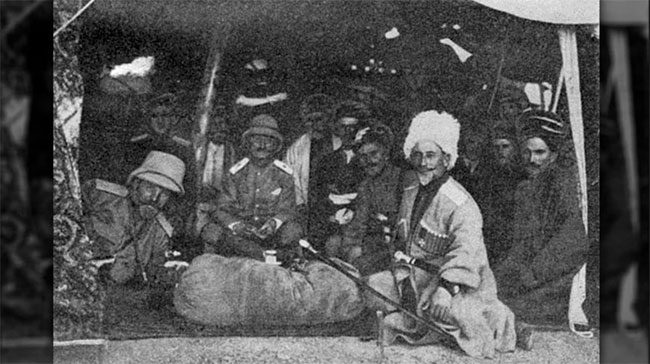
The Persian Famine (1917-1919). (Photo: Grunge).
In 1917, the British decided to invade Iran, which subsequently led to a famine that killed between 8 and 10 million people. The famine in Iran (formerly Persia) began when the British purposely purchased local food reserves and stored them away, leaving the local population with nothing to eat. Records from that time confirmed that the British needed food supplies to sustain troops stationed in Iran, Iraq, and Russia.
All of this became even worse due to drought and widespread disease, affecting crops and making already scarce food even scarcer. At the peak of the famine, local newspapers reported thousands were dying each day, and unburied corpses littered the streets and alleys of Tehran.
6. The Russian Famine (1921-1922)
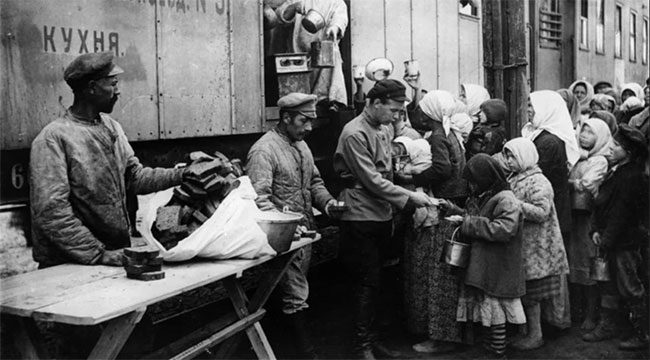
The Russian Famine (1921-1922). (Photo: Grunge).
According to the Warwick Modern Records Centre, by the early 1920s, famine ravaged the young Soviet Union, and although human cruelty played a significant role, this famine was not a deliberate act of genocide.
The famine of 1921-1922 did not arise from simple circumstances. Instead, a combination of various factors came together in a horrifying coincidental manner, starting with drought and subsequent crop failures of several essential crops. Just this alone might not have caused much devastation, but the country was also reeling from a series of wars including World War I, the Russian Civil War, and the Russian Revolution of 1917.
War always comes with an economic cost, but war occurring within a nation’s borders can lead to devastating consequences including damage to civilian property and destruction of farms and livestock. At that time, the grain and seeds of poor farmers were also controlled, leaving them with nothing to eat and nothing to plant.
7. The Great Famine in Europe (1315-1317)
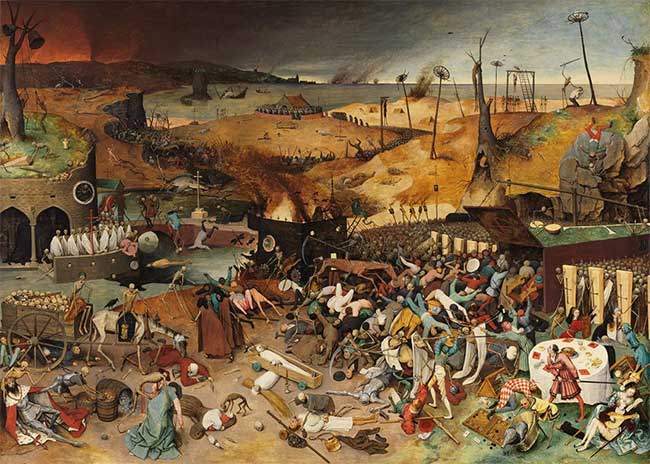
The Great Famine in Europe (1315-1317). (Photo: History).
No one really knows how many people died in the Great Famine that raged across Europe from 1315 to 1317. According to historian Lynn Harry Nelson, at that time, there were so many people living in Western Europe that even in favorable years, it was difficult to grow enough food to feed them all. This meant that even a small hiccup in the system could lead to a series of events that could cause famine.
And that is precisely what happened in 1315 when heavy rains rotted seed grain stores and made planting for the next harvest increasingly difficult. The reduced yields led to widespread food insecurity. The next planting season was similarly poor, and then food shortages spread everywhere. Conditions became so dire that people abandoned starving children and the elderly to ensure their families could survive. No one is truly certain how many died in the Great Famine, but historians are quite certain the number is ‘in the millions.’
8. The Bengal Famine of 1943
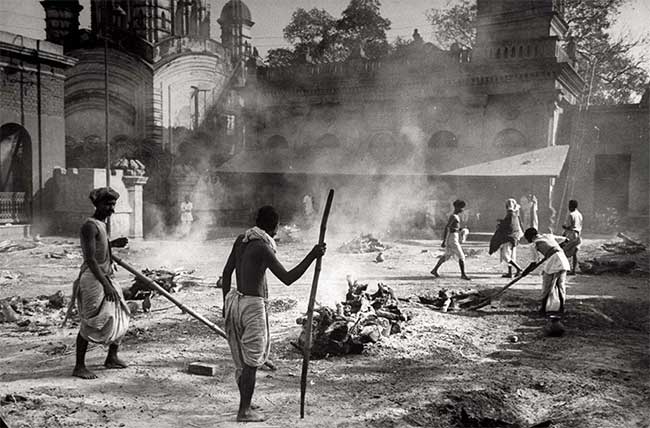
The Bengal Famine of 1943. (Image: History).
The Bengal Famine of 1943 did not claim as many lives as some famines of its time, yet the International Journal of Public Leadership Studies (IJSPL) still refers to it as “one of the worst man-made famines recorded in human history.” Similar to the famine of 1770, the Bengal famine of 1943 was rooted in colonialism. In fact, data indicates that there was significant rainfall during the worst period of the famine, although Japan’s occupation of Burma (which supplied rice to various regions of India) and some crop diseases contributed to a minor food shortage.
Primarily, the disaster appeared to stem from wartime inflation and panic buying, alongside government-imposed rationing and increased taxation. Fearing that Japan would invade India and seize food supplies, British authorities also confiscated a large amount of rice to prevent it from falling into enemy hands. All these factors led to skyrocketing prices, making food prohibitively expensive for the poorest people in Bengal. Historians believe that around 3 million people perished in the Bengal Famine of 1943.



















































